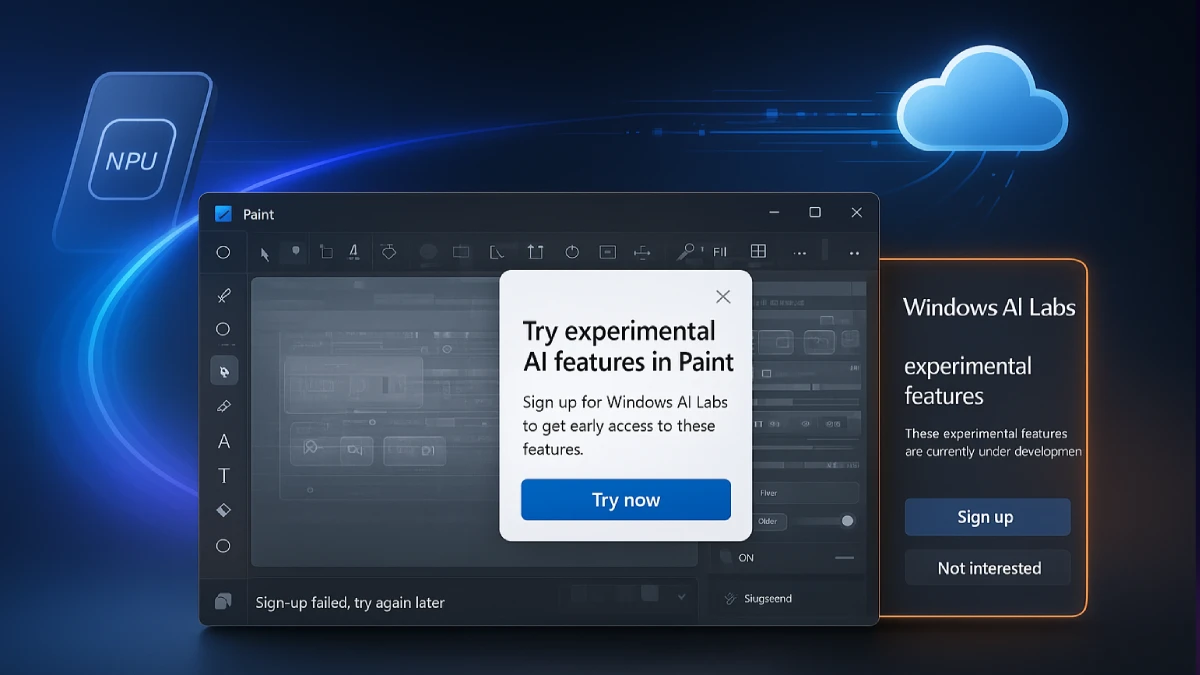A fully AI-powered feed is not a routine algorithm tweak; it’s a rewiring of the social attention economy that alters who gets seen, how decisions are made, and how public conversation is mediated. With X signaling a full switch to AI-driven curation by November and positioning Grok as the control plane for personalization, the platform is resetting incentives for users, creators, advertisers, and moderators.

What “fully AI feed” means
Moving from hand-tuned heuristics to end-to-end AI ranking means the model becomes the primary curator, learning relevance from large-scale behavior signals while responding to explicit, natural‑language instructions. The experience shifts from generalized virality toward individually tuned niches, with conversational controls that let people ask for “more of this, less of that” in real time.
The data supply chain
An AI-first feed depends on dense, fresh, high-quality signals, pushing the platform to reward clearer topical identity and meaningful interactions. Natural‑language controls via Grok turn conversational intent into ranking constraints, effectively converting everyday dialogue into a continuous preference feedback loop. That requires consistent taxonomies, robust embeddings, and reliable mappings between user intent and content features.
Safety, integrity, and control
Hyper‑personalization can dampen low‑value virality, but without counter‑exposure design it risks deepening echo chambers. Transparency commitments only build trust if code is paired with datasets, evaluation protocols, and policy notes detailed enough for reproducible audits. Conversational steering invites new attack surfaces—prompt injection, brigading, and adversarial content—so feed governance must include resilience against manipulation.
Creator economics and discovery
If ranking optimizes for user‑specific depth over mass reach, creators must pivot from broad-bait tactics to consistent expertise within well‑modeled niches. Expect a rise in “semantic SEO for feeds”: clear topical focus, structured context, and community participation that emits strong preference signals. The upside is steadier monetization in micro‑markets; the downside is rarer cross‑niche breakouts unless content triggers model-level novelty.
Advertisers and performance modeling
Advertisers gain from finer intent mapping if the AI can align interest clusters and creative in near real time. A faster model‑update cadence will introduce performance volatility, demanding tighter measurement loops, creative iteration, and adaptive brand‑safety controls. If inflammatory content slows in mainstream reach, safer adjacency improves—but only for campaigns that “speak” the same embedding space as the surrounding content.
Product mechanics: Grok as interface
Grok functions as the feed’s user interface, translating conversational preferences into constraints and filters on ranking. Personalization becomes a dialogue, not a settings panel, and voice features like “read aloud” create new behavioral signals that can further refine relevance. Power users will develop practical “algorithmic literacy,” learning how phrasing and constraints shape outcomes.
Governance and transparency
Open‑source rhythms matter less than release discipline: meaningful oversight needs versioned model snapshots, config diffs, evaluation sets, and plainly documented trade‑offs. Regulators will probe objectives, sensitive‑attribute handling, and appeal mechanisms when users or creators believe they’re being silently downranked. Third‑party audits will only work if interfaces and documentation remain stable enough to track changes across rapid updates.
Infrastructure and energy context
Running a constantly updating, feed‑scale AI stack is compute‑ and power‑intensive, tying product decisions to capacity, latency budgets, and energy strategy. If more inference moves on‑platform with near‑real‑time personalization, backend efficiency becomes a visible product feature. Expect sustainability narratives to intersect with policy debates about AI efficiency, data‑center siting, and grid impacts.
Competitive landscape shifts
A conversationally tunable feed differentiates X from rivals whose personalization is mostly implicit or slider‑based. If the pivot reduces low‑value virality while preserving serendipity, X can earn loyalty among power users, news seekers, and domain communities. If it instead fragments discovery or amplifies echo chambers, creators and advertisers will hedge toward platforms with more predictable reach dynamics.
What to watch between now and December
- The depth of transparency drops: code paired with datasets, evals, and policy notes signals real auditability, not just theater.
- Conversational control efficacy: can everyday prompts reliably reshape feeds, and do guardrails resist adversarial gaming.
- Content‑mix shifts: whether political sensationalism declines without starving civic information and diverse viewpoints.
- Creator sentiment: whether niche experts report steadier growth or fragmentation that undermines sustainable reach.
If executed well, a fully AI‑powered feed won’t just feel smarter; it will renegotiate who gets heard, how communities form, and how the public square works when curation is continuously bargained through conversation with a model.




